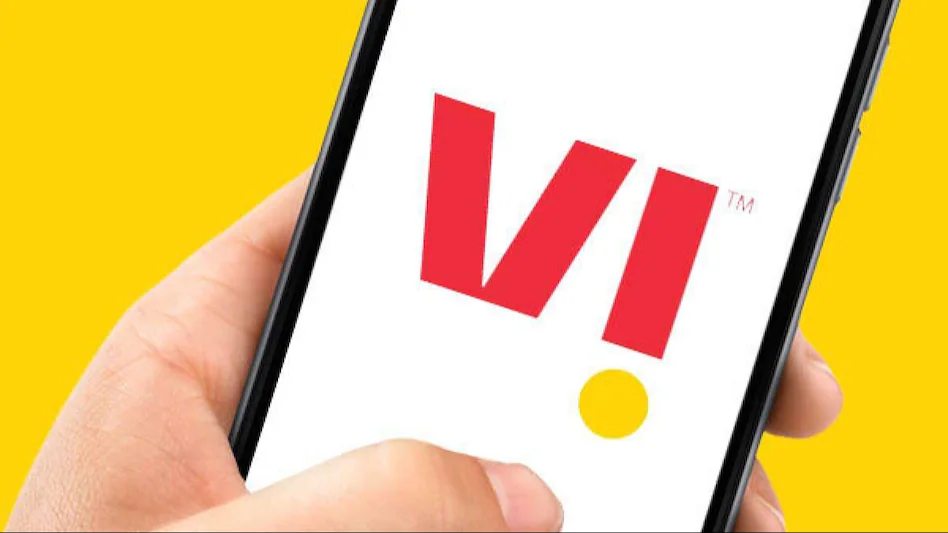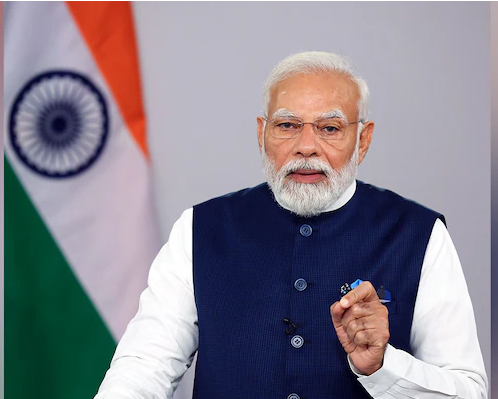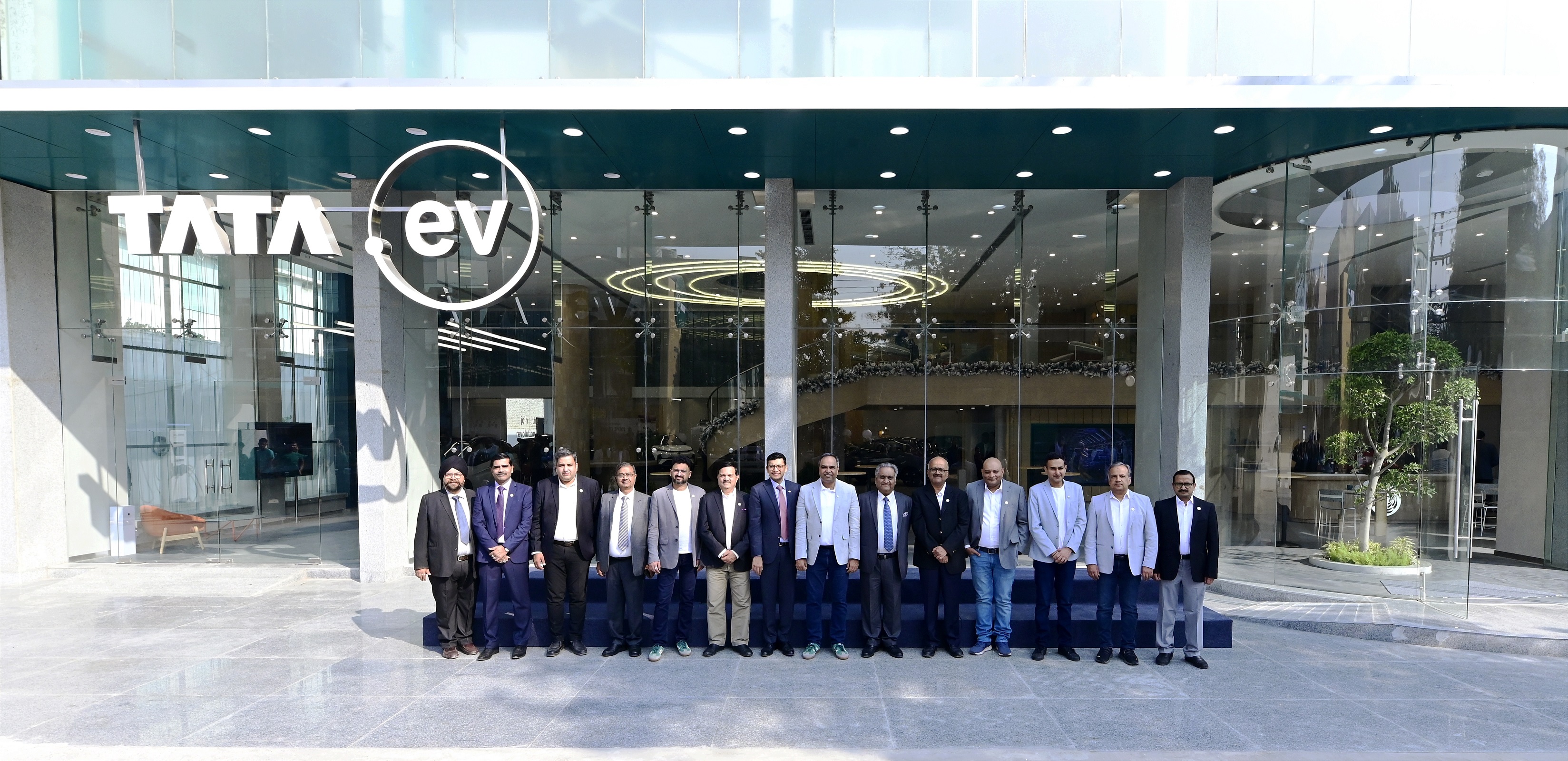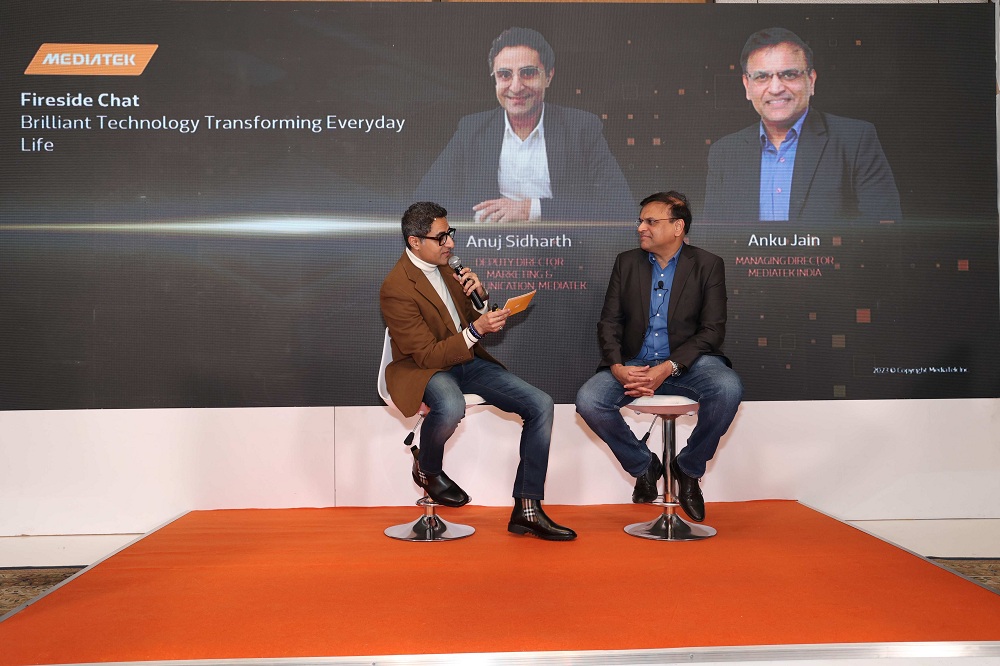Direct-to-mobile services: Ensure implementation does not result in regulatory arbitrage: Telcos to
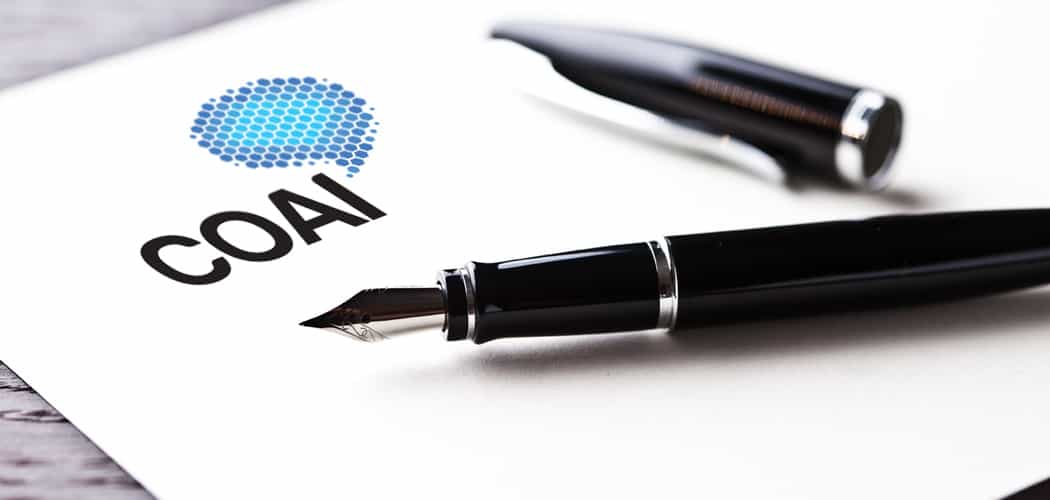
NEW DELHI: Indian telecom operators have urged the government to ensure that any direct-to-mobile (D2M) service implementation does not result in regulatory arbitrage in providing content services on mobile handsets and aligns with national legal and technical standards.
Telecom operators, through their representative body, the Cellular Operators Association of India (COAI), said the present proposal on spectrum assignment for the D2M network for broadcasting content delivery to smartphones and other devices needs to be reviewed comprehensively, especially from a level playing field point of view, to ensure that it does not become a source of regulatory arbitrage.
Telecom operators said that the spectrum envisaged for D2M service (526 - 582 MHz) must be allocated to the service providers to use broadcasting capabilities (D2M) per the market requirements on the spectrum assigned through auctions.
Reliance Jio, Bharti Airtel, and Vodafone Idea are the core members of industry body, COAI.
The Department of Telecom (DoT) is currently consulting on the issue.
Globally, countries like South Korea and the US digitally broadcast TV channels on smartphones, but it has seen limited adoption, as per reports.
Notably, proof of concept was undertaken by IIT-Kanpur to establish a roadmap for D2M. According to the institute, once a D2M network is rolled out, a broadcaster can use it as a data pipe and deliver various applications apart from traditional TV and radio.
"Building a dedicated D2M network by earmarking spectrum specifically for the broadcasting infrastructure providing competing/complimentary services would lead to a breach of the level playing field," S P Kochhar, Director General, COAI, said in a statement.
He added that offloading cellular networks also requires close integration of broadcasting capabilities with cellular networks so that the spectrum and infrastructure can be optimally leveraged for broadcasting and IMT services as per demand. "A dedicated D2M network, built by a third party, will not be able to achieve these aspects optimally."
COAI said that the Consultative Committee of the Telecommunications Engineers Centre (TEC) for adopting the proposed ATSC 3.0 standards into the National Standard has recently noted several shortcomings. The Committee recommended that global precedents for technology, coexistence studies, and its impact on mobile networks need to be shared by the Telecommunications Standards Development Society of India.
Further clarification has been sought on the applicability of this standard for commercially available mobile handsets, as none currently support this standard.
"It also needs to be considered that after adoption, the documents will be allotted TEC document numbers and hosted on the TEC website. ATSC 3.0 being a technology owned by a foreign entity, it is unclear if TEC could grant copyright permission/authorisation. The other issues include lack of support for NavIC, Digital Rights Management (DRM), next-generation audio codecs, etc," Kochhar said.
COAI, in the note, said there is an incorrect assumption that a dedicated D2M network is required for sending alerts during disasters.
"Cellular networks have successfully delivered SMS-based disaster alert messages through the Common Alerting Protocol (CAP) platform. Recently, trials for the Cell Broadcast method have also been conducted," Kochhar said.
COAI said that ensuring that any D2M service implementation aligns with national legal and technical standards and does not result in regulatory arbitrage in providing content services on mobile handsets is crucial.
Samsung, Qualcomm, Nokia, and Ericsson, in a letter dated October 17, 2023, to India's communication ministry, said that their existing smartphones in India are not equipped to work with ATSC 3.0 and argued the required hardware changes would push up a smartphone's cost by $30.




